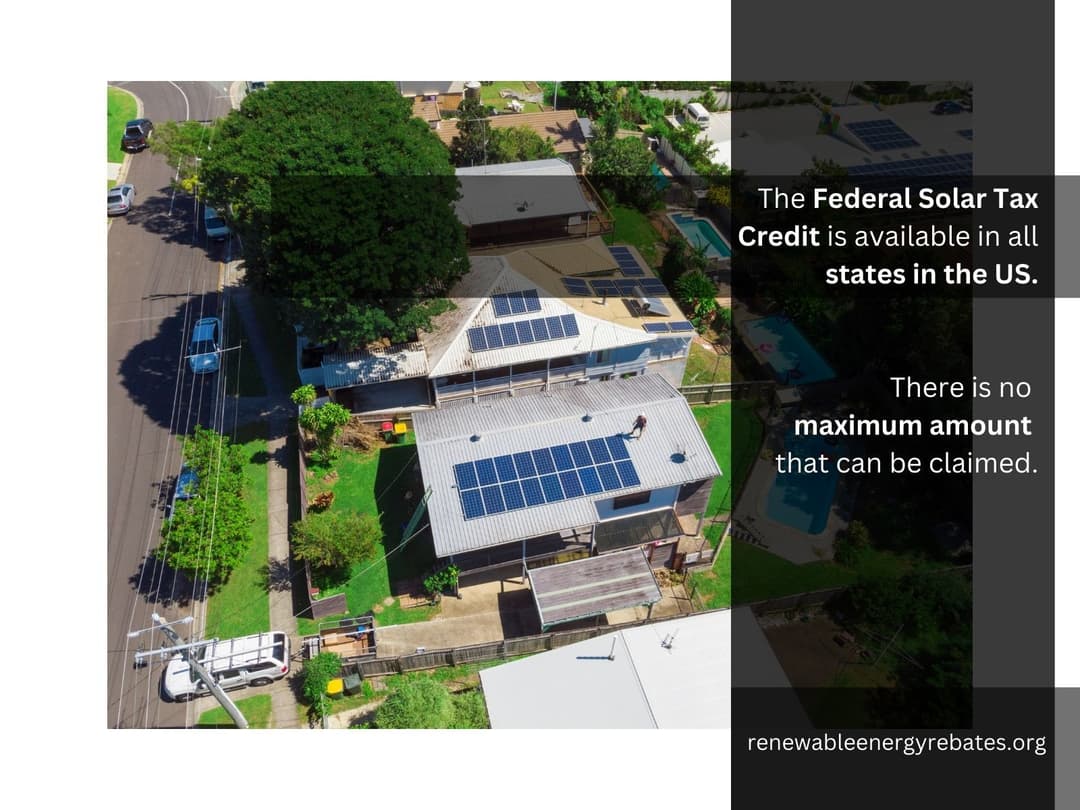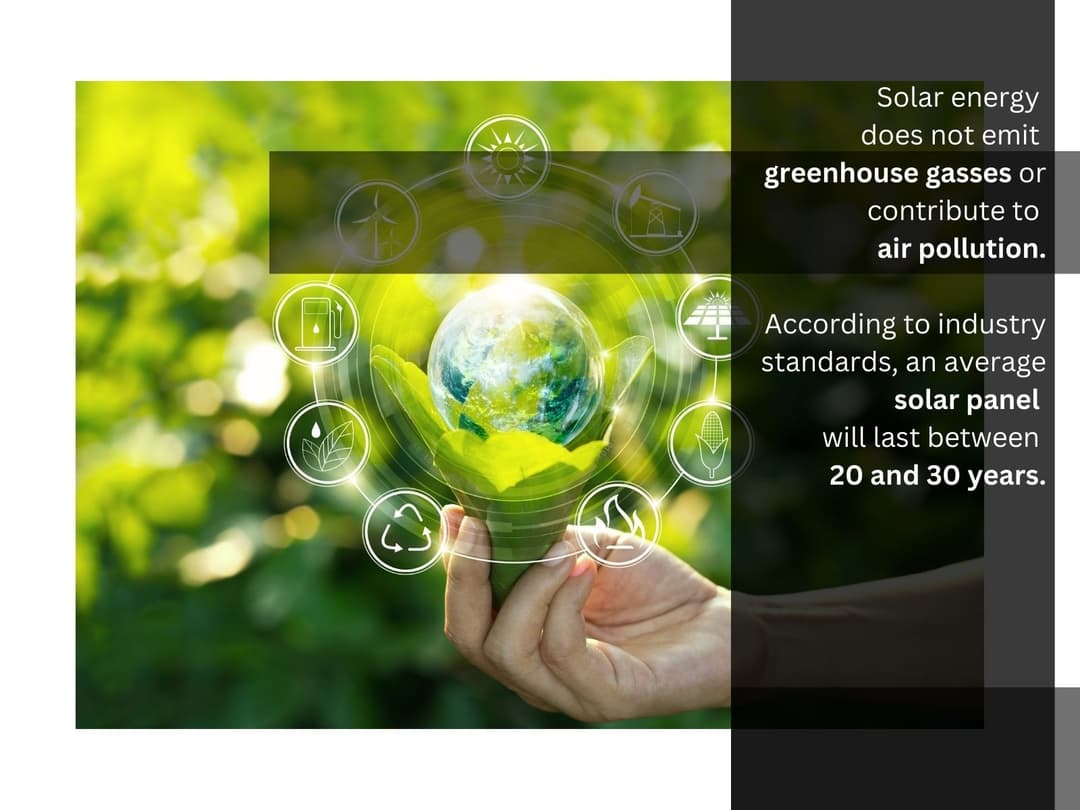Cost of Solar Panels in Alabama
Solar Panels in Alabama: Pricing, Savings, and Financial Benefits
Key Details
- The cost of solar panels in Alabama averages $3 to $5 per watt, resulting in an average cost of a 5kW solar energy system.
- The federal solar tax credit is a refundable tax credit that can be claimed on federal income taxes.
- Alabama's abundant sunlight and high solar panel shipments make solar energy an attractive, cost-effective option.
How Much Do Solar Panels Cost in Alabama?
In Alabama, a home solar energy system costs $3 to $5 per watt on average. This means the average household 5-kW system will cost between $15,000 and $25,000, before any tax incentive or other benefits. However, the cost of solar panels is generally calculated in dollars per watts. As of 2024, Alabama solar panels cost $2.64 per watt on average.

Average Solar Panel Cost in Alabama
| Size | Solar Panel Cost | System Cost After Solar Credit | Home Size |
| 4 kW | $2.68 | $7,490 | < 1,00 sq ft |
| 5 kW | $2.57 | $8,985 | <1,000 sq ft |
| 8 kW | $2.44 | $13,664 | 1,100 sq ft |
| 9 kW | $2.38 | $14,981 | 1,300 sq. ft. |
| 11 kW | $2.32 | $18,865 | 1,700 sq ft |
| 13 kW | $2.30 | $22,295 | 2,100 sq ft |
| 14 kW | $2.34 | $24,010 | 2,300 sq ft |
| 15 kW | $2.45 | $25,725 | > 2,400 sq ft |
Is it Better to Lease or Buy in Alabama?
Leasing is a convenient option for customers who do not have the financial strength for an outright purchase. However, this means they do not own the solar energy system. In contrast, homeowners who opt to buy their solar panels can take advantage of additional incentives, such as the Federal Solar Credit. The following are some of the pros and cons of leasing and buying your solar energy system.
Lease
Pros
- Low upfront cost.
Cons
- The solar system belongs to a third party rather than you who is leasing.
- The leasing costs may prove too much in the long run.
- It will be difficult to transfer the solar panels under lease when selling your home.
- The solar energy system cannot be altered or modified.
- There will be lesser incentives in the case of a lease.
Buy
Pros
- Tax incentives are available to those who buy their solar energy system outright.
- It is much easier to transfer the solar energy system when the property is being sold.
- The owner can upgrade, modify, or alter the solar energy system however they please.
Cons
- High down payment.
How Many Solar Panels Do I Need in Alabama?
On average, a home in Alabama needs about 17 to 21 solar panels to cover all of its energy consumption. However, the exact number of solar panels you'll need will be influenced by multiple factors, some of which include:
- Panel Efficiency
- Panel Types
- Energy Consumption
In addition to these, you will need to calculate how many solar panels you need. To complete this calculation, you will need to be aware of three things: annual electricity consumption, solar panel wattage, and the solar panel’s estimated production ratio.
Annual Electricity Consumption: The average American family uses 10,632 kWh of power annually, or 886 kWh each month, according to the U.S. Energy Information Administration (EIA). Your annual electricity consumption is the amount of energy you have in your home in a year. The equipment in your home that utilizes power and how frequently you use them have an impact on your annual energy consumption. It should be noted this is measured in kilowatt-hours (kWh).
Solar Panel Wattage: Panel wattage is the electrical production of a particular solar panel under ideal circumstances. The unit of measurement for wattage is watts (W), and the majority of solar panels have a power output between 300 and 400 W.
Estimated Production Ratio: a solar panel system's production ratio is the estimated energy output over time (in kWh) divided by the actual system size (in W). These ratios are usually never 1:1 since they vary depending on how many hours of sunshine your system will receive (which is largely determined by your location).
The number of solar panels you'll require can be determined by dividing the system size by the production ratio and then by the panel wattage once again.
How Many Solar panels do I need for a 3-Bedroom House in Alabama?
On average, a three-bedroom home in Alabama uses between 2,800 and 3,200 kWh of energy per month. Keep in mind you do not need a solar array that will fully cover your electricity consumption but one that can power a substantial amount. Therefore, you will need around a 6 kWh solar energy system that produces almost 1000 kWh of electricity per month. This amounts to between 15-20 solar panels depending on the solar panel type.
How Many Solar panels Do I Need for a 4-Bedroom House in Alabama?
In Alabama, a typical 4-bedroom home needs a 7.75kW solar panel installation. This will amount to roughly 21 panels (if using 375W panels for the solar installation). However, an installation done with 500W solar panels would require around half as many as with the previous model.
Note: Higher wattage translates into more roof space being saved.
Do all Solar Panels Produce the Same Energy?
Depending on the size of the panel and how successfully it converts sunlight into electricity, household solar panels in Alabama typically have power output ratings between 250 and 400 watts. Although greater power ratings are preferred, the performance of a solar panel is not solely determined by power output. For instance, two solar panels can have a 15% efficiency rating but a 250-watt and 300-watt power output rating, respectively.
To meet your energy needs, panel efficiency is a better indicator of solar panel performance than just power production.
Can you Run a House Solely on Solar Panels in Alabama?
It is possible to run a house solely on solar panels in Alabama, as the Yellowhammer state receives a considerable amount of sunlight throughout the year. However, you'll need an adequate number of solar panels to successfully go off-grid.
The following factors determine how many solar panels are needed to go off-grid:
- How much electricity you consume.
- Size of the usable roof.
- Amount of daily direct sunlight.
- Solar panel type you choose.
Your energy needs and the output of each solar panel are the two main elements that determine the number of solar panels you will need to go off-grid. The average off-grid home usually requires about 7 Kw (or 7000 Watts) of power to rely entirely on its energy production. This means you would require approximately 35 solar panels to go completely off-grid your and meet your home's energy needs. If you were to use 350-watt solar panels, you would need 20 of them.
However, before you finally decide to go off-grid, you need to consider if it is cost-effective to do so. Take the following steps to determine how much it would cost to go solar.
- Step 1: Look at your electricity bill to know how much electricity you use and will need to cover. In Alabama, the average cost of electricity is 10.18 cents/kWh.
- Step 2: Gauge the amount of sunlight you receive each year. On average, Alabama receives about 2,600 hours of sunlight annually.
- Step 3: Calculate and compare the price of residential solar panels. Solar panels in Alabama cost $2.64. Therefore, 20 350-watt solar panels would cost between $18,000 to $20,000.
- Step 4: Find out about the many incentives attached to going solar. For instance, residents in Alabama can take advantage of the federal solar tax credit and get 30% off the cost of their solar panels.
| System Size | Number of Panels | Estimated Space (Based on 200W Panels) | Estimated Cost. |
| 5kW | 26 | 289 square feet | $13,728 |
| 10kW | 52 | 578 square feet | $27,456 |
| 20kW | 105 | 1,168 square feet | $55,440 |
| 50kW | 255 | 2,838 square feet | $134,000 |
| 100kW | 510 | 5,676 square feet | $269,280 |
| 200kW | 1020 | 11,352 square feet | $538,560 |

Which type of Solar Panel is best for Home Use in Alabama?
Generally, residential homes in Alabama can be powered using any of three different types: monocrystalline, polycrystalline or thin film solar panels. Monocrystalline solar panels are the most efficient type of solar panel, with efficiency ratings ranging from 17% to 22%. Because they require fewer panels to produce the same amount of electricity, monocrystalline solar panels are perfect for homes with small roof spaces.
That said, other panel types offer some benefits. If you're considering a solar installation in Alabama, the following are the pros and cons of each solar panel type
Monocrystalline Solar Panels
Monocrystalline solar cells are created by putting a silicon "seed" crystal into a molten vat of pure silicon at a high temperature. This process creates an ingot, a single silicon crystal, which is subsequently divided into thin silicon wafers for use in solar modules.
Pros
- At 17-22%, they have the highest level of effectiveness.
- Compared to other types, they take up less room because of their high efficiency.
- This type of solar cell is said to have the longest lifespan according to the manufacturers, who often offer a 25-year warranty.
- They work better in low-light conditions, making them perfect for cloudy environments.
Cons
- They are the priciest solar cells available, hence they are not affordable for everyone.
- Temperature increases typically harm performance.
- When silicon is chopped during manufacturing, a substantial amount of waste material is produced.
Polycrystalline Solar Panels
Polycrystalline solar panels are a good choice for homeowners wishing to install solar panels on a budget. These solar panels are also known as "multi-crystalline panels." Polycrystalline panels are made of silicon solar cells, just like monocrystalline panels. However, because of the unusual cooling process, they use numerous crystals to form rather than just one. There are usually up to 60 solar cells in polycrystalline panels installed on residential buildings.
Pros
- Due to their simpler manufacturing process, they are more affordable.
- There is no waste of silicon.
Cons
- Due to low silicon purity, lower efficiency typically ranges from 15% to 20%.
- Polycrystalline solar panels need a bigger installation space.
- They also have a lower temperature coefficient than monocrystalline solar panels.
- Polycrystalline solar panels have a lower architecture integration.
- Heat may shorten their life span.
- They are less effective when there is little sunlight
- Polycrystalline solar panels are aesthetically less pleasing.
Thin-Film Solar Panels
The efficiency ratings of thin-film solar panels are exceedingly low. Their efficiency ratings were in the single digits just a few years ago. Commercially accessible thin film panels typically have efficiencies between 10% and 13%.
Pros
- They have a smaller carbon footprint.
- They are simple and affordable to install.
- incredibly useful for movable applications (RVs, buses, boats)
- They are lightweight
- Thin-film solar panels have a quicker payback than traditional panels
Cons
- They contain cadmium, which is possibly carcinogenic.
- Thin-film solar panels are inferior to conventional panels in terms of efficiency.
- More roof space is needed for the same amount of energy.
- Their accessibility is restricted.
- They have a shorter life expectancy than traditional solar panels.